Introduction
The Eight Treasures Whole Fish, or Ba Bao Quan Yu, is a iconic dish in Chinese cuisine that embodies culinary artistry, cultural symbolism, and the pursuit of balance. Revered for its vibrant presentation, harmonious flavors, and meticulous preparation, this dish has graced banquet tables and family feasts for centuries. At its core, the recipe combines a whole fish stuffed with eight distinct ingredients—each representing a “treasure”—and steamed to perfection. The result is a tender, moist fish infused with the umami-rich essence of its fillings, topped with a glossy sauce that ties the dish together. This article delves into the history, ingredients, preparation techniques, and cultural significance of Eight Treasures Whole Fish, offering a comprehensive guide to recreating this feast for the senses.
Historical and Cultural Roots
The origins of Eight Treasures Whole Fish trace back to China’s coastal provinces, where fish has long been a dietary staple and a symbol of abundance. The dish’s name reflects the Confucian ideal of harmony, as the number eight (ba) is considered lucky in Chinese culture, representing prosperity and completeness. The “treasures” themselves—typically a mix of proteins, vegetables, and fungi—symbolize the unity of diverse elements, mirroring the philosophy of yin and yang and the Five Elements (wood, fire, earth, metal, water).
Historically, this dish was reserved for special occasions like weddings, Lunar New Year celebrations, and imperial feasts. Its elaborate preparation demonstrated the cook’s skill and the host’s generosity. Today, it remains a centerpiece of festive meals, embodying the belief that sharing a whole fish fosters unity and good fortune.
Ingredients: The Eight Treasures
The recipe’s complexity lies in selecting and preparing the eight treasures, each chosen for its texture, flavor, and symbolic value. While variations exist, the classic ingredients include:

- Whole Fish: A fresh, medium-sized fish such as sea bass, carp, or grouper is ideal. Its mild flavor and firm flesh hold up during steaming.
- Shrimp: Peeled and minced, adds sweetness and a briny freshness.
- Dried Shiitake Mushrooms: Rehydrated and diced, contribute an earthy, meaty depth.
- Bamboo Shoots: Julienned, offer a crisp, slightly tangy crunch.
- Water Chestnuts: Diced, provide a refreshing sweetness and crunch.
- Ham: Finely chopped, introduces smokiness and saltiness.
- Ginger and Garlic: Minced, for aromatic heat.
- Spring Onions: Sliced, add a mild, grassy note.
Additional Components:
- Seasonings: Soy sauce, oyster sauce, sesame oil, rice wine, white pepper, and sugar.
- Thickening Agents: Cornstarch and water for the sauce.
- Garnish: Cilantro, carrot flowers, and red chili slices for color.
Preparation: Step-by-Step Mastery
Selecting and Cleaning the Fish
Choose a fish with clear eyes, shiny skin, and a fresh, sea-breeze aroma. Scale, gut, and rinse it thoroughly. Make three diagonal slits on each side to ensure even cooking. Pat dry with paper towels to prevent sogginess during steaming.
Marinating the Fish
Rub the fish inside and out with a mixture of soy sauce, rice wine, ginger, and white pepper. Let it marinate for 20 minutes to absorb the flavors. This step also helps neutralize any fishy odors.
Preparing the Stuffing
Rehydrate dried shiitake mushrooms in warm water for 30 minutes, then dice. Sauté shrimp, mushrooms, bamboo shoots, water chestnuts, ham, ginger, and garlic in a wok until fragrant. Season with oyster sauce, sesame oil, and a pinch of sugar. Let the mixture cool before stuffing.
Stuffing and Assembling
Gently stuff the fish cavity with the filling, ensuring it’s packed but not overfilled. Secure the opening with toothpicks or kitchen twine. Place the fish on a heatproof plate, preferably lined with banana leaves or parchment to prevent sticking.

Steaming to Perfection
Bring a wok or steamer filled with water to a rolling boil. Steam the fish over high heat for 12–15 minutes per pound. The flesh should flake easily, and the eyes should turn opaque. Avoid overcooking, as this dries out the fish.
Crafting the Glaze
While the fish steams, prepare the sauce. Combine soy sauce, oyster sauce, sugar, and cornstarch slurry in a saucepan. Simmer until thickened, then drizzle over the fish.
Final Touches
Garnish with spring onions, cilantro, and carrot flowers. For an extra touch of elegance, heat a tablespoon of oil until smoking and drizzle it over the garnishes to release their aromas.
Cooking Techniques: The Science of Steam
Steaming is the heart of this recipe. Unlike frying or baking, it preserves the fish’s delicate texture and nutrients. The key lies in maintaining a vigorous, consistent boil to generate steam that cooks the fish evenly. A tightly sealed steamer prevents moisture loss, ensuring the flesh remains succulent.
The stuffing’s role is twofold: it flavors the fish from within and absorbs its juices, creating a symbiotic relationship. The combination of ingredients—some crunchy, some tender—adds textural contrast, elevating the dish beyond mere protein.
Presentation: A Feast for the Eyes
The Eight Treasures Whole Fish is as much a visual delight as a culinary one. Arrange the fish on a large platter, surrounded by the stuffing’s vibrant components. Drizzle the glossy sauce in artful swirls, and scatter garnishes to mimic a garden in bloom. In some regions, the dish is presented with the fish’s head and tail intact, symbolizing a good beginning and end—a nod to the Chinese proverb, “May your endeavors start and finish well.”

Nutritional Benefits
Beyond its aesthetic appeal, this dish is a nutritional powerhouse. Fish provides lean protein and omega-3 fatty acids, while the stuffing’s vegetables and fungi offer fiber, vitamins, and antioxidants. The steaming method minimizes added fats, making it a healthier alternative to deep-fried dishes.
Regional Adaptations
While the classic recipe hails from coastal regions, variations emerge across China. In Fujian, chefs might add dried scallops or abalone for oceanic richness. In Sichuan, a spicy twist with doubanjiang (chili bean paste) and Sichuan peppercorns is common. Some modern adaptations incorporate Western ingredients like Parmesan or breadcrumbs, though purists argue these stray from tradition.
Tips for Success
- Fish Selection: Opt for species with firm flesh to withstand steaming.
- Marinating Time: Avoid over-marinating, as soy sauce can toughen the fish.
- Stuffing Consistency: Ensure the filling is moist but not watery to prevent sogginess.
- Steaming Rack: Elevate the plate slightly to allow steam circulation.
- Resting Period: Let the fish rest for 5 minutes after steaming to redistribute juices.
Cultural Significance and Etiquette
Serving a whole fish at meals is steeped in tradition. The head should face the eldest or most honored guest as a sign of respect. Diners are expected to eat from both sides of the fish, avoiding the spine until the host signals its removal. The phrase “nian nian you yu” (“May you have abundance every year”) is often toasted before digging in, linking the dish to wishes for prosperity.
Conclusion
The Eight Treasures Whole Fish is more than a recipe—it’s a testament to China’s culinary heritage. Mastering this dish requires patience, precision, and an appreciation for tradition. Whether served at a wedding banquet or a family reunion, it bridges generations, turning a simple meal into a celebration of culture, history, and the joy of sharing food. As you embark on this culinary journey, remember that each treasure tells a story, and every bite honors the artistry of those who came before. So, gather your ingredients, fire up the steamer, and let the symphony of flavors transport you to the heart of Chinese gastronomy.
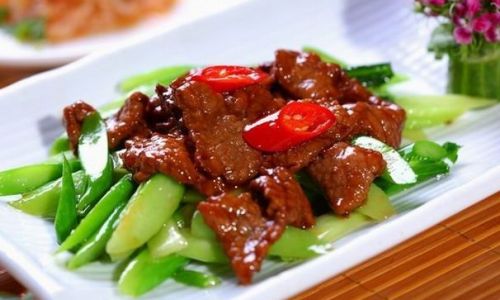
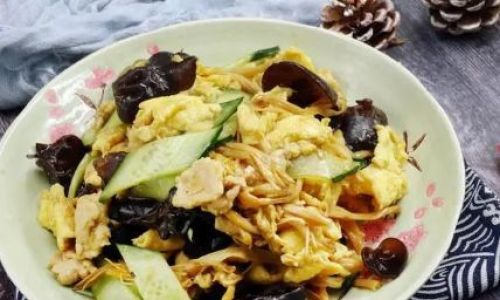
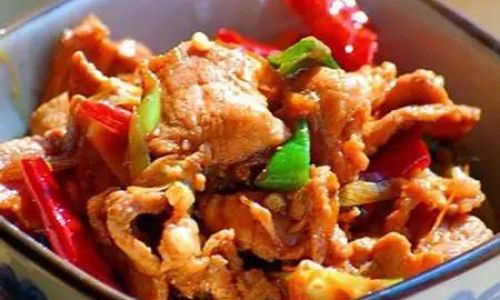
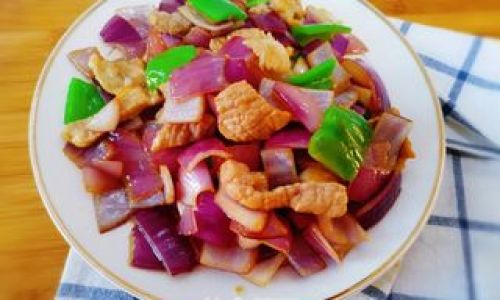
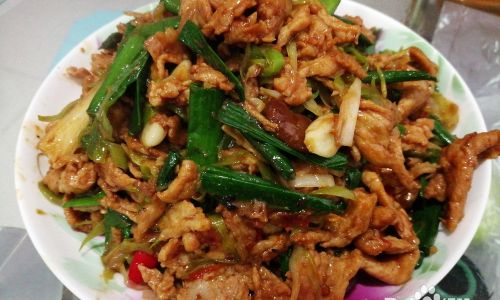
0 comments